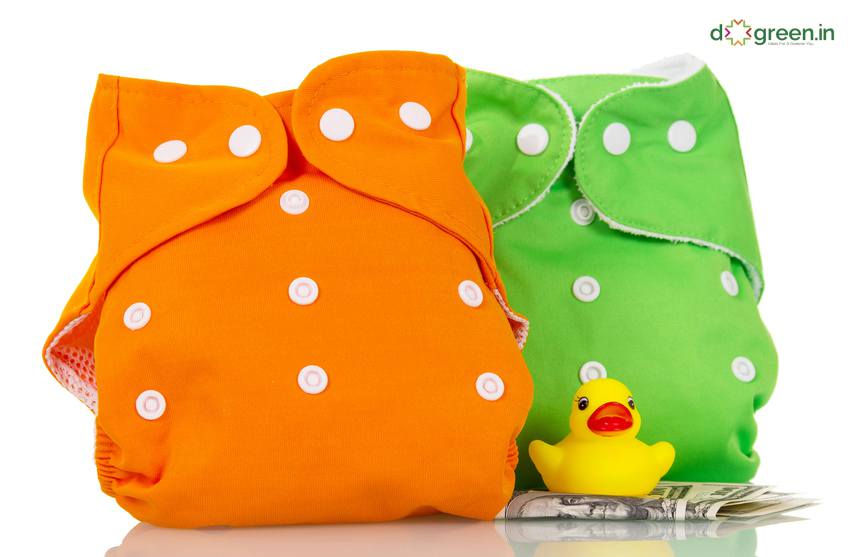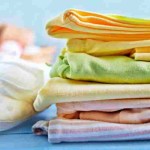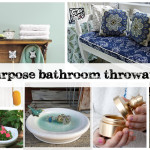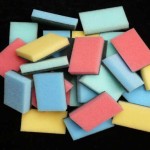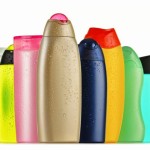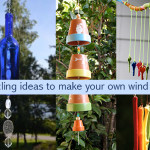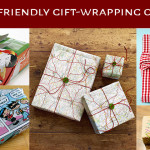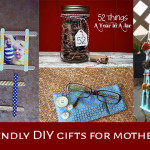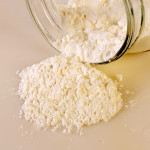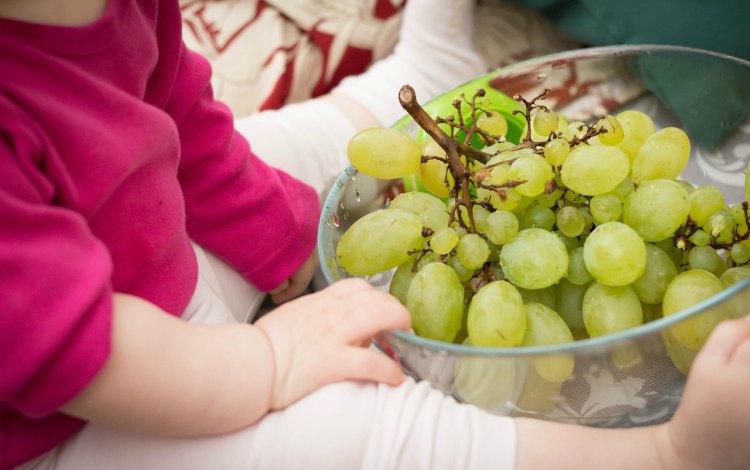
Six Steps to Eco Friendly Babycare
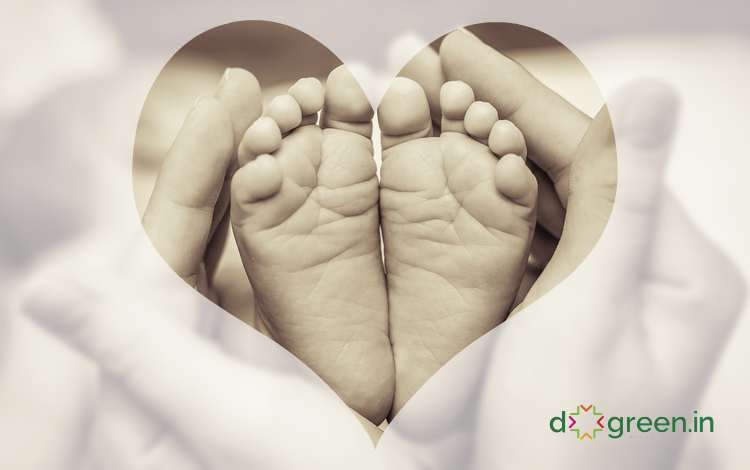
Having a baby is a life changing experience whether we enjoy everything it brings or not  For many the journey towards eco-friendly living starts with the birth of their baby. That’s because it’s usually then that we start to seriously consider the future of our planet. We know our beautiful baby is going inherit this world after we leave it, and that’s a very powerful motivator! More important however is we start to question the ‘goodness’ of products that we use everyday.
For many the journey towards eco-friendly living starts with the birth of their baby. That’s because it’s usually then that we start to seriously consider the future of our planet. We know our beautiful baby is going inherit this world after we leave it, and that’s a very powerful motivator! More important however is we start to question the ‘goodness’ of products that we use everyday.
So, if you’re a new parent and wants to do the best for your baby and for the world that she or he is going to inherit, start with making some small changes today. You don’t have to do everything on this list, or do anything all the time – pick any one or two things as a starter, and see how that works for you.
1. Use Modern Cloth Diapers
- Plastics take 500+ years or more to decompose: Disposable diapers are made of plastic, and take as long as 500 years to decompose. A baby can use anywhere between 2000 and 2500 disposable diapers in its first year alone.
- MCDs are less expensive: You now have the option of Modern Cloth Diapers, which provide the same levels of comfort and convenience as disposables, and are quite cute to look at. They are also less expensive overall. Although they may seem more expensive (Rs. 400 onwards for one) – the lifetime cost is much less than that of disposable diapers.
- Lots of options: If you’d like to try these out, check out Bumberry an international brand, and also Gurgaon based ChuddyBuddy which provides a host of options. There are also Facebook groups and online communities you can join to get advice on the go!
To know more about where to start, read my love affair with modern cloth diapers, and modern cloth diapers, the ideal choice for eco-friendly mothers.
2. Swap processed and packaged with fresh foods
- Free of preservatives and packaging: Though picking up packaged food is an easier option, freshly fixed home food is better for your baby and for the planet. Why? Because it’s free of Preservatives and Packaging – preservatives are unhealthy for your baby, while packaging adds to the waste that clogs our planets, and leads to air and water pollution.
- Make your own chemical free fruit purees and cereal: Go to your local market, or an Organic farmer’s market near you, and pick up some fresh fruit and veggies and puree these to the consistency you desire. To replace the boxed instant cereal that you give your baby, take Organic brown rice, grind it to the consistency you want, roast it in some ghee and you’ve got your very own, preservative free baby cereal. You can store this for a few weeks, and just add milk, water or a fruit puree for additional flavor.
3. Replace plastic food containers and feeding bottles
- Plastics release toxins: Avoid plastics even if are certified to be BPA free, because there are two other Toxins that leach out of plastics when it is heated – polystyrene or polyvinyl chloride which are bad for humans and the environment. That’s not all, plastics take hundreds of years to biodegrade, and while doing so, they release toxins and pollute air.
- Alternate options – glass, stainless steel: Reuse existing glass containers or pick some inexpensive, cute mason jars. Label them with your little one’s name and if you are up for a little DIY project, get hold of some chalkboard paint and chalks and have fun painting those labels. Replace plastic feeding bottles with glass bottles which are now readily available from most major brands including Chicco, Avent, and Pigeon
4. Follow a green bathing routine
- Sponge and bathe alternately: Babies don’t need to be bathed everyday. In fact because their skin is extremely sensitive, bathing them daily with a soap can rip natural moisture and make their skin dry. Try a sponge bath instead, with a few drops of Almond or Olive oil added to it. Skipping a bath three times a week can help you save nearly 60 liters of water every week. that too the natural way, and while conserving water.
- Opt for chemical free skin care products: This is a tricky one, because it’s hard to find products that are completely natural and chemical free. Almost all off the shelf brand available today have some kind of a chemical – either a preservative or a fragrance, and the international options available very expensive. You will find boutique brands that can create something specially for you, and that’s worth a try! Or, you can make your own. Here’s a link with some interesting recipes.
5. Invest in eco-friendly clothing
- Happily accept hand me downs: For the first year, babies outgrow their clothes at an astonishing rate. Hand me downs from families and friends that have been sparingly used, are perfect. By reducing your new buys and recycling old clothes you can definitely help the issue of the overflowing landfills.
- Opt for eco-friendly and organic fabrics for clothing: The safest bet are Cotton and Bamboo, as these are highly eco-friendly. They are renewable, and biodegradable. If you can find 100% Organic material (Cotton or Bamboo) then it’s even better as that means there were no chemicals used in the production of the material from the growing to the manufacturing stage. Check out First Cry which seems to have an interesting range of products.
6. Choose eco-friendly play things
- Buy and gift eco-friendly toys: Babies aren’t too fussy about their toys, and household items are just as much fun for them. A spoon, a small plate, a box with something inside it. If you’d rather buy, go for Wooden toys. Other options to explore are organic cotton sewn toys, hemp toys, bamboo toys etc. Melissa and Doug has some interesting options in wooden toys, Once done, you can then donate these toys to Toybank.
- Join a toy Library: Get membership for a toy library like Toypedia if you’re in the NCR region, Toys on Rent in Bangalore and one of these in Mumbai.
As a parent, going green can seem like an additional task to your endless list. But it doesn’t have to be. A good way to start would be to tick a couple of things to do from the list and try them out!


